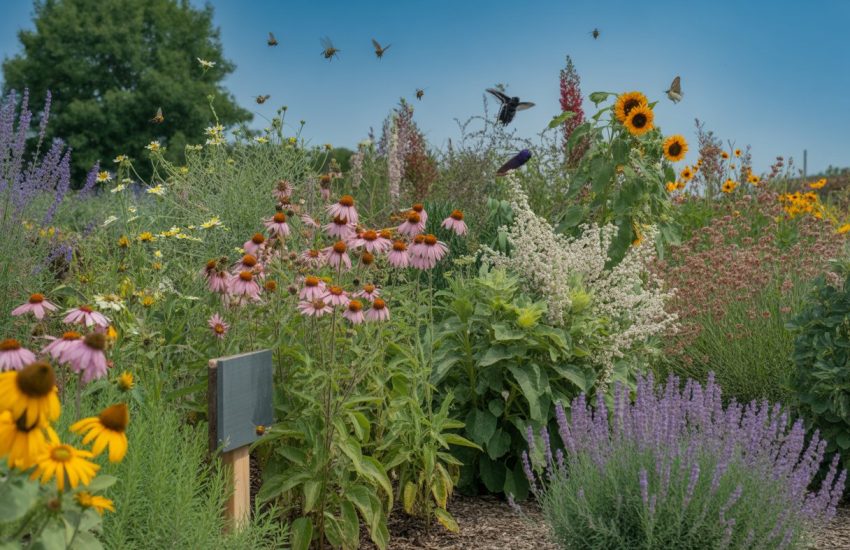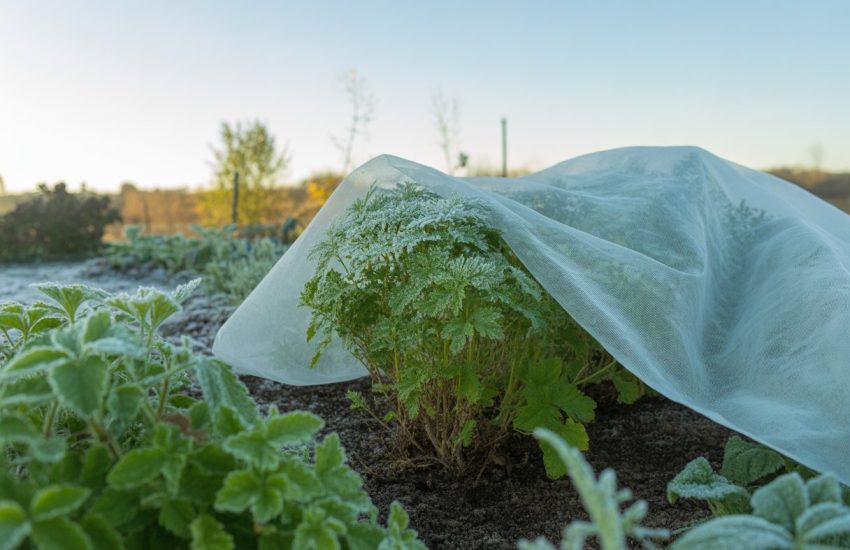Shade Loving Ground Covers Vermont: Best Varieties for Low-Light Gardens
If you’re gardening in Vermont and wrestling with shady areas, picking the right ground cover can make or break your landscape. Shade-loving ground covers actually thrive where sunlight barely peeks through, holding soil in place and cutting back on weeds—without making you work overtime.
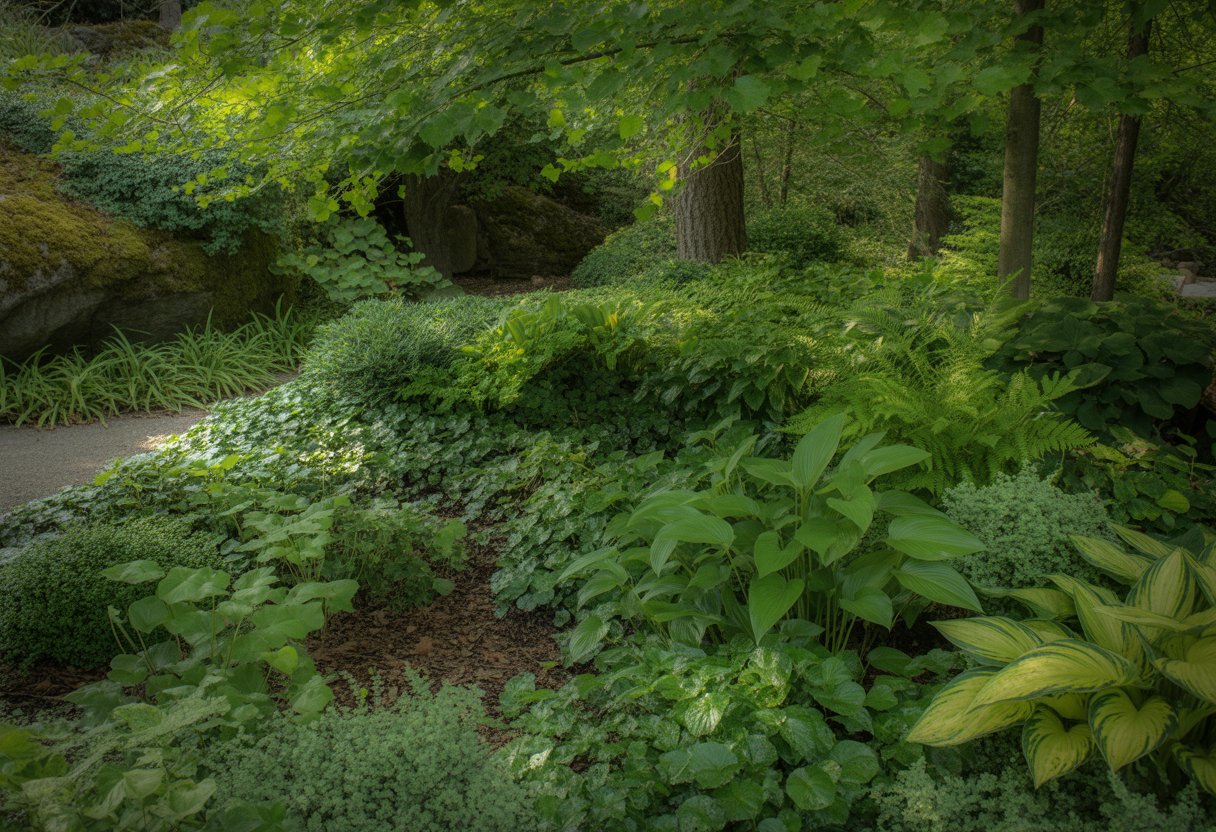
Some of the best ground covers for Vermont’s shaded gardens are native plants like wild ginger, foamflower, and creeping phlox. These guys handle the state’s climate and dim conditions without fuss.
They offer year-round coverage and texture, so you get a little interest under trees or along those shadowy paths.
Knowing which species actually work in Vermont’s climate helps you pick winners, not headaches. Let’s look at some reliable options for cool, shady corners.
Understanding Shade Loving Ground Covers in Vermont
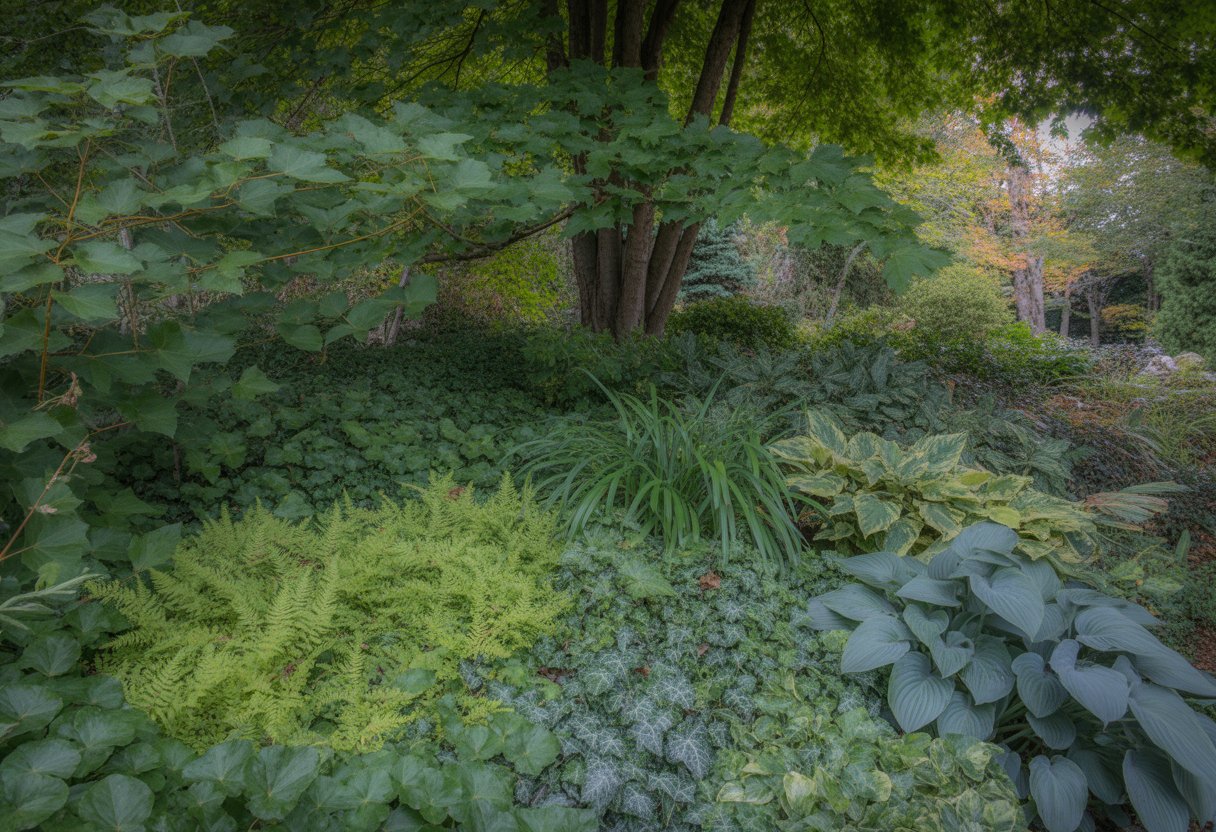
Choosing ground covers for shade in Vermont means paying attention to light, soil, and the wild swings in weather. The right plants boost garden health and make your landscape look good, but they also handle the unique curveballs Vermont throws.
Shade Conditions and Plant Selection
Shade isn’t all the same. In Vermont, you’ll see everything from dappled sunlight under maples to deep, stubborn shade beneath evergreens.
Plants like Pachysandra terminalis do well in full shade, while Lamium can take a bit of sun peeking through.
Soil matters just as much. Most shade-loving ground covers want moist, well-drained earth—pretty common in Vermont’s woods. If you’re dealing with dry or packed soil, you might need to amend it or pick tough species like Ajuga reptans.
It helps to watch how the sun moves through your yard. If a spot gets less than three hours of direct sun, stick with plants that can handle low light and cool temps. Smart choices mean less weeding and less work for you.
Benefits of Using Shade Loving Ground Covers
Ground covers that tolerate shade do more than just fill space. They hang onto soil on slopes, which matters a lot if you’re near water or on hilly land.
They also boost soil health by adding organic matter as they drop leaves and stretch their roots. These plants create pockets for beneficial insects and help biodiversity thrive in your shade garden.
Using ground covers cuts down on maintenance. They smother weeds and mean you won’t need to haul out as much mulch every year.
Some even keep their leaves through winter or push new growth early, so your shady spots aren’t just brown and bare.
Vermont’s Unique Climate Considerations
Vermont’s climate keeps gardeners on their toes. Cold winters, early frosts, and unpredictable springs can be rough on plants.
Ground covers here need to survive USDA zones 3-5—think below -30°F. Snow helps insulate, but if a plant’s exposed, you want varieties like Vinca minor or Epimedium that shrug off the cold.
As days get shorter in winter, light drops and growth slows. Spring can get tricky too, with thaws and surprise frosts that zap new shoots.
If you pick tough, slow-growing ground covers, you’ll avoid replanting every year. Vermont gardeners do best with plants that can take both soggy spells and dry patches, plus all kinds of shade.
Top Shade Loving Ground Covers for Vermont
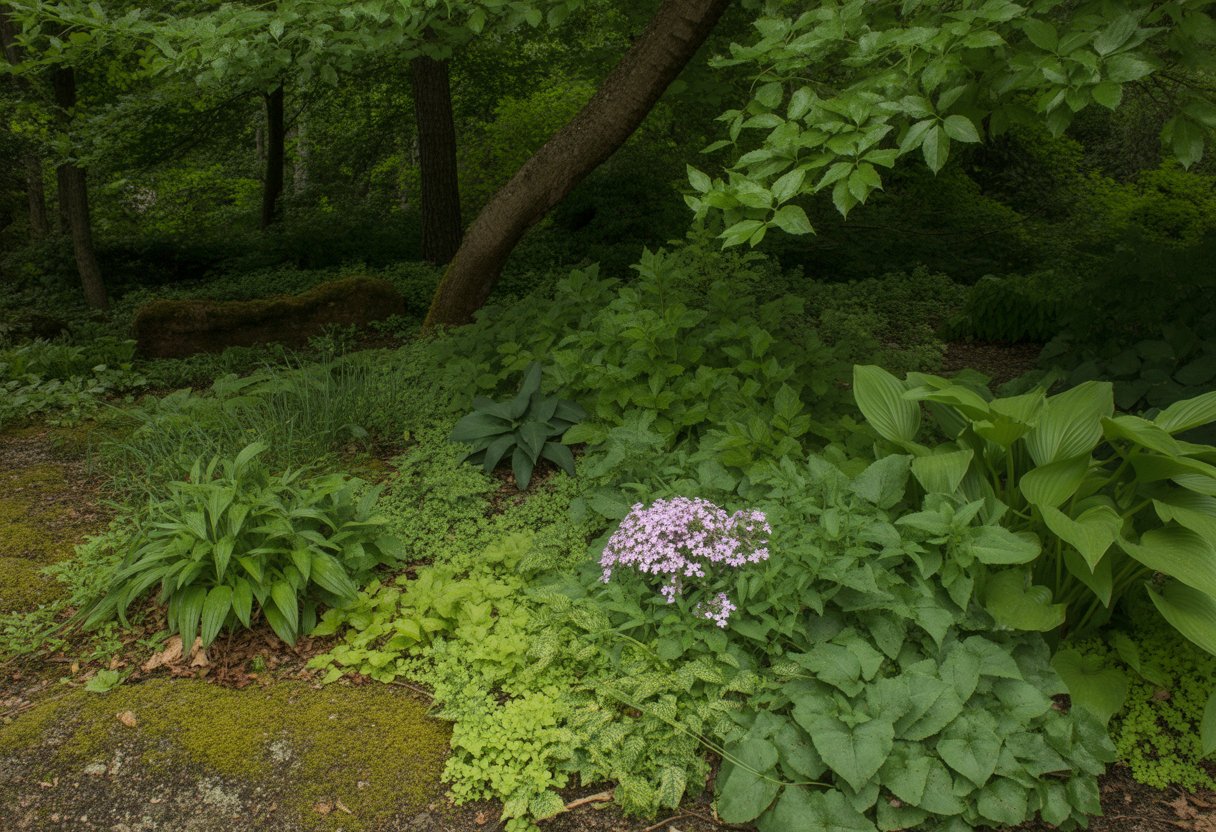
In Vermont, you need shade-loving ground covers that can handle cool air, shifting moisture, and not much sun. You’ll find hardy flowering plants, tough ferns, and some easygoing grasses that do well under trees.
Hardy Flowering Varieties
Hostas are a shade garden staple in Vermont. Their big, textured leaves and blooms—usually white, lavender, or purple—show up from late spring into summer.
Hostas like soil that drains well and stays evenly moist. If you let them dry out, you’ll see leaf spots pop up.
Astilbe and Bleeding Heart (Dicentra) are also solid picks. Astilbe sends up feathery plumes in pink, white, or red in early summer, adding color where it’s usually dark.
Bleeding Heart brings out those classic heart-shaped flowers from late spring into early summer. Both plants brighten up dense shade.
These flowering ground covers help hold soil on slopes or between trees. They’ll need regular watering and a little protection from dry spells, but it’s worth the effort.
Best Ferns for Shady Spots
Ferns just seem made for Vermont’s shady woods. Christmas fern (Polystichum acrostichoides) stays green all year and grows in both dry and moist soil. Deer usually leave it alone, and it hardly needs any care.
Lady fern (Athyrium filix-femina) likes damp, rich earth and has lacy fronds that soften up shady corners. Its clumps help keep soil from washing away.
Cinnamon fern (Osmundastrum cinnamomeum) grows best in moist shade, sending up big fronds and cinnamon-colored stalks in spring.
Most ferns prefer acidic soil. If you spread leaf litter as mulch, you’ll mimic the forest floor they love.
Shade-Tolerant Grasses
Some ornamental grasses actually work in Vermont’s shade, adding texture and a bit of movement. Pennsylvania sedge (Carex pensylvanica) is a native that thrives in dry, shady spots, forming soft mats of blue-green blades.
Hair sedge (Carex capillaris) handles moist shade and slowly spreads to cover bare earth. It’s tougher than it looks and can take some foot traffic.
Japanese forest grass (Hakonechloa macra) is another favorite, with arching leaves that range from green to gold. It likes moist, well-drained soil and brings a graceful look under taller plants.
These grasses don’t need much fertilizer. They fit right in alongside hostas and ferns, adding some variety to your shady garden.
Planting and Maintaining Shade Gardens
If you want your shade garden to last in Vermont, you’ll need to pay attention to soil quality, water, and regular upkeep. Getting the basics right means your ground covers will actually settle in and thrive.
Soil Preparation and Organic Matter
Ground covers for shade do best in soil that drains well and has plenty of nutrients. Before you plant, check your soil’s pH—most shade plants like it a bit acidic or neutral, around 6.0–7.0.
Mixing in compost or leaf mold helps the soil hold water and adds nutrients. Aim for a 2–3 inch layer, worked into the top 6–8 inches.
If you’re stuck with heavy clay or compacted ground, break it up and add organic matter. That’ll fix drainage issues and give your plants a better shot at growing strong.
Watering and Mulching Strategies
Shade gardens usually need consistent moisture, especially when it’s dry. Water deeply but don’t overdo it—let the soil dry a bit between sessions to avoid root rot.
A 2–3 inch layer of shredded bark or leaf mulch keeps moisture in and weeds out. Mulch also evens out soil temperature, which helps shade plants that hate wild swings in heat or cold.
Check mulch every so often and top it up each year. That little bit of effort keeps your shade garden looking good and working like it should.
Practical Gardening Tips
Pick shade-tolerant plants that are native to Vermont. They tend to handle local conditions better, so you’re not fighting nature every step of the way.
Try grouping plants that need similar moisture and soil. That makes caring for them a whole lot easier.
Clear away debris and fallen leaves often. This helps keep fungal diseases at bay, especially in those damp, shaded spots.
If you prune back some overhanging branches, you’ll get more light and better air flow.
Keep an eye on your ground covers for pests and diseases. Catching problems early can really save your shade garden.

